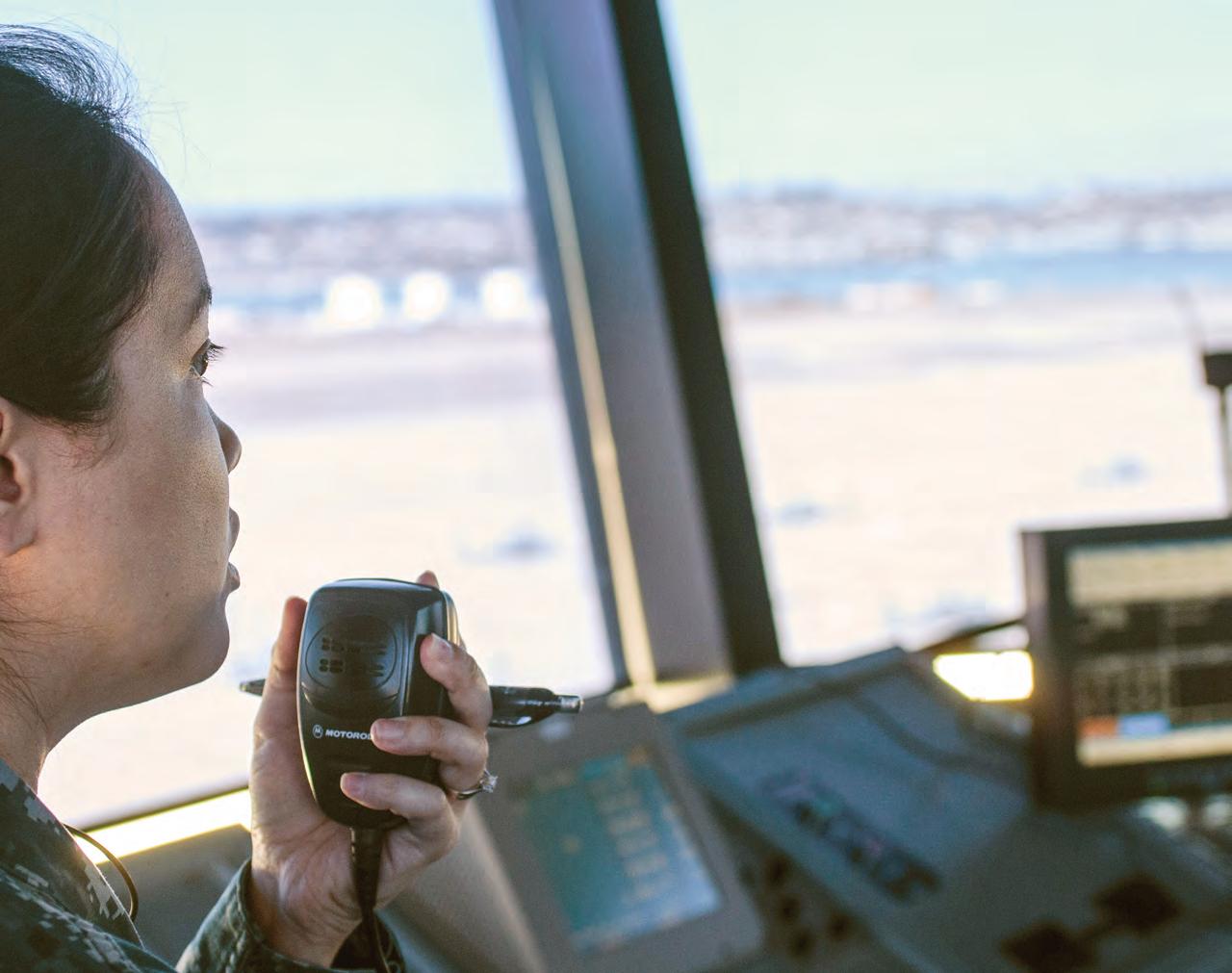CRM
CONTACTS
Naval School of Aviation Safety Crew Resource Management 181 Chambers Ave., Suite A Pensacola FL 32508-5271 (850) 452-3181 (DSN: 459) • Fax (850)452-8732 (DSN: 459) https://www.netc.navy.mil/nascweb/crm/crm.htm
LCDR Al Toney, CRM Director (850) 452-4584 (DSN 459) alvin.d.toney@navy.mil
Crew Resource Management
DECISION MAKING • ASSERTIVENESS • MISSION ANALYSIS • COMMUNICATION • LEADERSHIP • ADAPTABILITY/FLEXIBILITY • SITUATIONAL AWARENESS
The Risks of
Not Communicating Your Limits
BY LT ANDREW GALVIN
t was an early 3 a.m. brief for a five-hour vertical replenishment (VERTREP) flight about seven months into a nine-month deployment. All the members of the crew had been on at least a couple of these flights and were excited to get started on the fastest way to pass time in a helicopter. Due to operational requirements, the aircraft was configured with a single internal auxiliary fuel tank and external wings. In order to lower the starting gross weight of the aircraft, the fuel load was reduced to 2,800 pounds. In the brief, we discussed ORM aspects of the long flight and early start. Preflight calculations were reviewed by the entire crew and responsibilities for each crew station delineated. Because of our fuel load and the high DA, the max external cargo load would be approximately 1,500 pounds. After a few minor maintenance issues on deck, we took off and completed the appropriate max power check and HIT check to ensure engine performance matched our calculations. We achieved a max continuous torque of 120 percent. According to our squadron SOP, a no-go torque of 114 percent was established for our external cargo operations. There was another aircraft in the VERTREP pattern organic to the supply ship that did not have external wings or an internal aux tank installed and therefore could lift heavier loads. Our aircraft was brought in for the first pick from the aft-port corner of the flight deck on the supply ship. Tower called the winds off the bow of the ship, but the 12
actual winds seemed to be more to the starboard side, about 20 degrees off the bow. Based on this relative wind direction and the supply ship being to the port of the carrier, we made a port-tostarboard approach with the left-seat pilot flying. The pilot placed the nose of the aircraft just forward of the starboard beam and pointed at the aft section of the carrier. When the load was hooked up, the crewman calling the pick directed the left-seat pilot to come straight up. When he called, “Load off deck, check power,” the pilot glanced down to check the torque, saw 112 to 114 percent, and called, “Good power”. The pilot kept the controls for the departure and began to climb straight up to get clearance from the flight deck. A few seconds later, the flying pilot noticed the flashing low rotor light and saw torque above 120 percent and Nr going below 94 percent. The pilot realized there was no way to use the left pedal (which requires more power than a right pedal application) to get the nose fully into the wind in the power-limited situation. So the flying pilot initiated a gradual right pedal turn and small descent off the back of the ship. This maneuver lowered the power required and swung the helicopter around approximately 270 degrees, getting into the wind with some forward airspeed. The pilot verbalized the plan to the crew chief, who stood by to release the load if the descent continued past his comfort zone. The pilot monitored the gauges and maintained a level VSI at about 90 feet with 90 percent Nr and slightly over 120 percent torque. Approach












